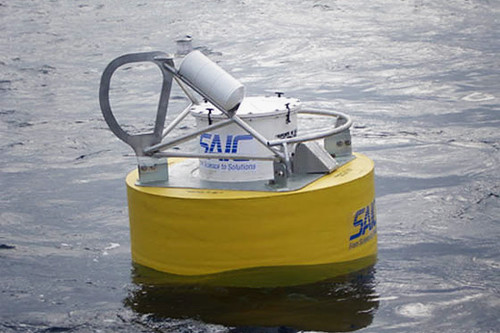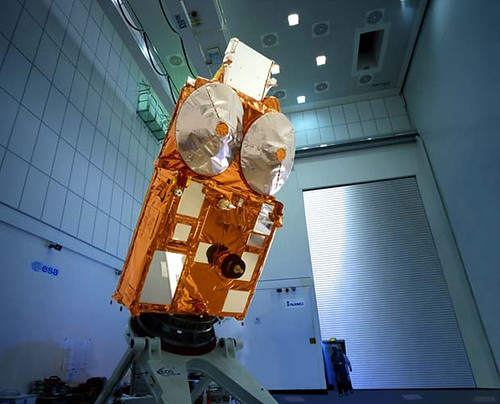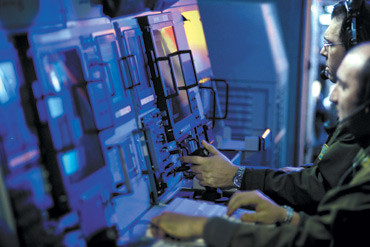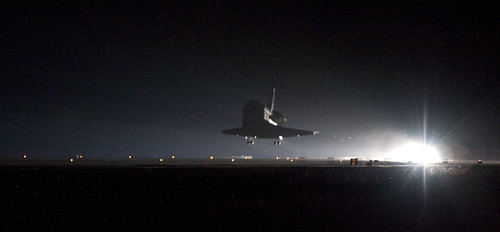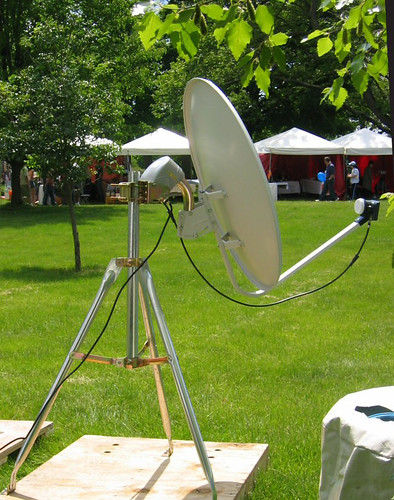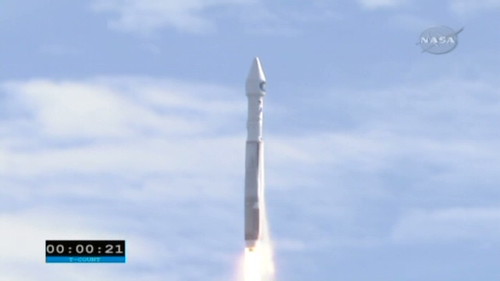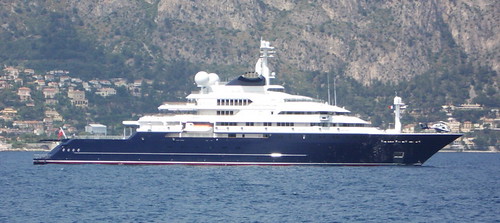Satellite Industry News Bits February 26, 2010
Saturday, February 27th, 2010SkyTerra considers acquisition by a new corporation formed and indirectly owned by Harbinger Capital Partners.
[Business Wire – 02/26/2010]
KVH announces distribution agreement with Japan Radio.
[Trading Markets – 02/26/2010]
The Russian Satellite Communications Company (RSCC) teams up with Romantis to offer satellite solutions in Europe, the Middle East, and Africa (EMEA).
[Space Daily – 02/26/2010]
GAO denies SpaceX protest of launch contract with Orbital Sciences for scientific satellite for NASA in 2012.
[Satellite Today – 02/26/2010]
Orbital Sciences and Aerojet initiate engine tests of Aj26 liquid-fuel rocket for Orbital’s Taurus 2 medium-class launch vehicle.
[Satellite Today – 02/26/2010]
Thales Alenia signs with French Space Agency to build the Jason-3 oceanographic satellite.
[Space Daily – 02/25/2010]
Globecomm Systems wins 3-year maritime managed services contract for Singapore based FACC Ship Managers Pte Ltd.
[Trak.in – 02/25/2010]
Thales Alenia Space delivers YahSat 1A communication module to EADS Astrium for integration on their platform.
[WebWire – 02/25/2010]
Among a series of satellites launched by NASA over the last decade to monitor the health of our planet, ICESat has provided a consistent big picture look at polar icecaps.
[Space Daily – 02/25/2010]
Both payloads for the first launch of the year by Ariane 5 are in Kourou, French Guiana undergoing initial checkout for a March 24 liftoff.
[Space Travel – 02/25/2010]

South Africa’s second satellite, Sumbandila, delivers its first live images.
ITWeb – 02/24/2010]
Boeing gets NASA approval to build new TDRS satellites series K and L..
[Satellite Today – 02/24/2010]
Government Space Programs spend $68 billion in 2009.
[Satellite Today – 02/24/2010]
UPC Broadband consolidates its European DTH businesses to create a new company, UPC DTH.
[Satellite Today – 02/24/2010]
The Arab States Broadcasting Union, Arabsat, and Newtec will provide expanded services to additional customers on their TV/Radio contribution and exchange network.
[SatNews – 02/24/2010]
NDS selected by On Digital Media as technology provider and prime integrator to support the launch of its DTH platform in South Africa.
[SatNews – 02/24/2010]
Space junk mess gets messier as head-on collision between the European Space Agency’s Envisat Earth remote-sensing spacecraft and upper stage of a Chinese rocket is averted.
[Space – 02/23/2010]
U.S. broadband stimulus funds of $100 million set aside for satellite projects in U.S. Rural Utilities Services and National Telecommunications and Information Administration notice falls short of expectations.
[Satellite Today – 02/23/2010]
SatMAX announces joint marketing plan with TLC Engineering for efficient disaster recovery.
[CNN Money – 02/23/2010]
Expand Networks help optimize Global Satellite Services with Inmarsat.
[EON – 02/23/2010]
NASA, NOAA GOES-P meteorological satellite is lifted into the mobile service tower at Cape Canaveral Launch Complex 37 for March 2 launch.
(Physorg – 02/23/2010]
India plans to send two astronauts into space in 6 or 7 years.
[Space Travel – 02/23/2010]
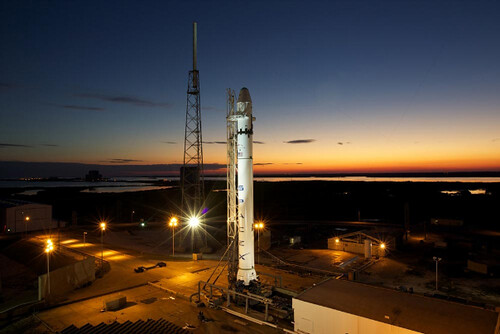
SpaceX’s Falcon 9 two-stage rocket hoisted into vertical launch position at Cape Canaveral in preparation for maiden flight later this year.
[Space – 02/23/2010]
TerreStar announces successful testing of Ground Based Beam Forming (GBBF); the system provides the flexibility to deploy over 500 spot beams and manage power and capacity; Terrestar to launch commercial service in first half of this year.
[Space Daily – 02/23/2010]
Space Systems Loral ships communications satellite built for Dish Network to Baikonur Space Center for launch later this year.
[SatNews – 02/22/2010]
Cobham SATCOM’s USAT 24 60 cm (24 in) Marine Stabilized Antenna for the Sea Tel range of Ultra Small Aperture Terminals receives full accreditation FCC license as ESV.
[SatNews – 02/22/2010]
DISA and DoD award two contracts to Marshall Communications Corp for maintenance and support at Landstuhl, Germany, and Skyline, Falls Church DVB-RS hubs.
[SatNews – 02/22/2010]
Hughes announces availability of SCADA IP satellite terminal.
[PR Newswire – 02/22/2010]
WBMSAT PS – Satellite Communications Consulting Services

